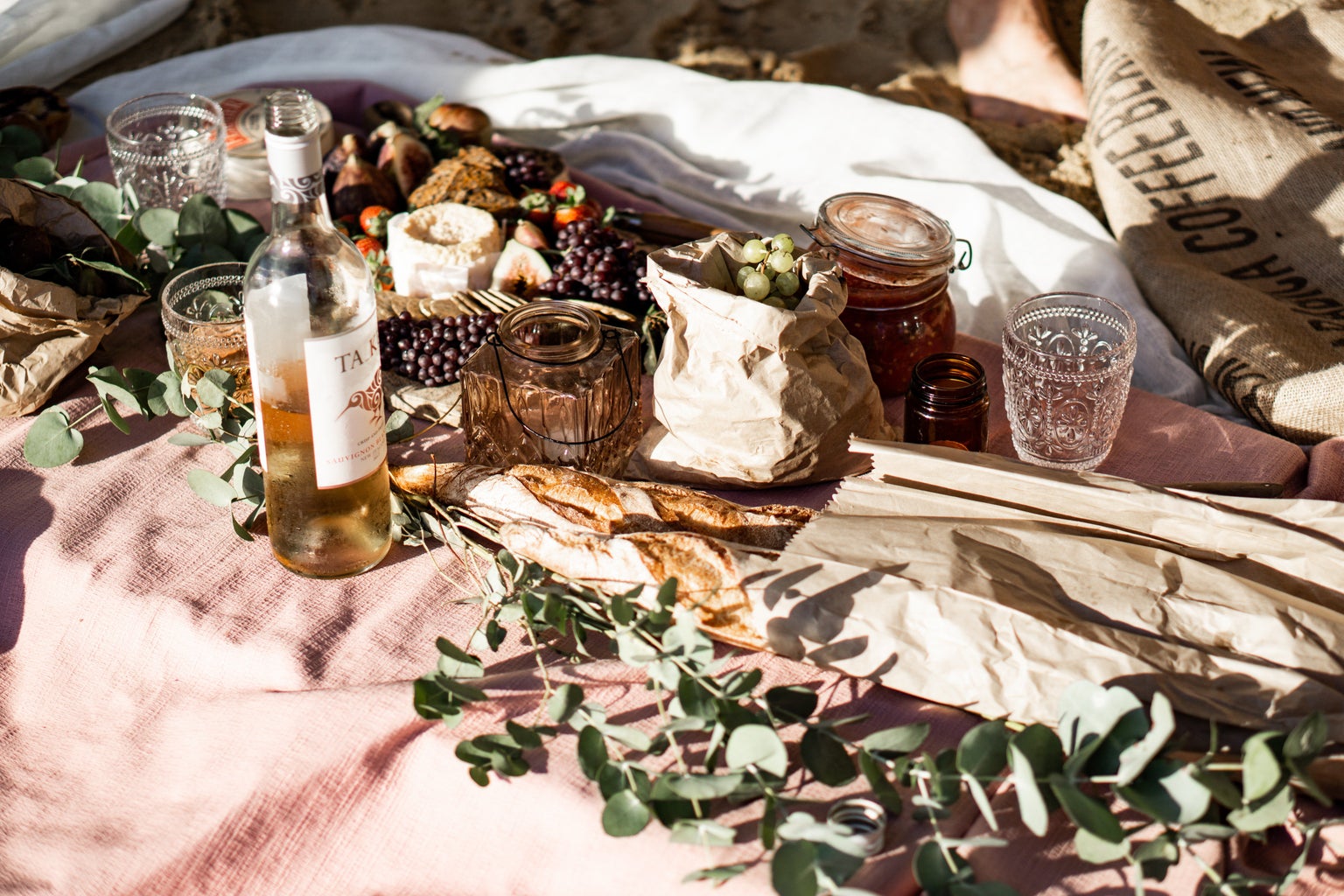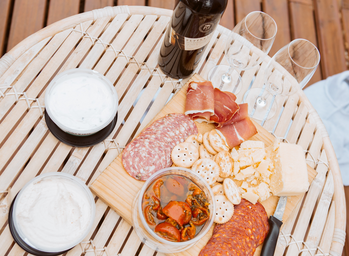There’s honestly no appetizer more impressive than a bold and colorful charcuterie board. Stuffed with a variety of meats, cheeses, fruits, and dips, charcuterie boards, or “grazing boards”, are crowd-pleasers because they offer something everyone can enjoy. The process of crafting one, however, can be considered an art form.
Although it sounds simple—how hard can it be to toss some cheese and crackers onto a wooden board? The art of creating a charcuterie board is actually a bit complex, requiring both thought and strategy to truly impress your guests.
However, these delicious and gorgeous spreads are the perfect dish to bring to any get-together. They look like more work than they are and are a surefire way to make you look sophisticated and distinguished.

Sweetness can be incorporated into the board in the form of fruits, such as strawberries, blueberries, grapes, and apples. It can also be found in the dips and jams contained throughout, such as fig spread and preserved fruit jellies. The savory aspect can be found in the board’s variety of meats and cheeses, which add color and texture. Salty foods can be used to accompany the meats and cheeses in the form of nuts and crackers. Lastly, adding one or two spicy foods to the charcuterie board gives it an extra flavor kick.
Additionally, when selecting items, it’s important to choose fruits and garnishes that will provide pops of color for the board, such as cherries and herbs. The same rule applies to texture, and variety is essential. The presentation of the board should be cohesive and well-structured, which often means displaying items in different ways.
For example, there might be a wheel of cheese on the board, but there might also be many sliced pieces of cheese. For texture, there might be rough surfaces, such as crackers, and some wet ones, such as marmalades. By fusing these ingredients together, your charcuterie board is guaranteed to be the talk of the party.
Lastly, a small garnish of fresh herbs should be added to the board. These are fun because they can be theme-related. If it’s a Christmas party, try pairing some fresh rosemary sprigs around the board with a few cranberries. If it’s Valentine’s Day, try adding candied hearts and dried flowers.
With the right guidance, anyone can become an expert charcutier. Like everything, though, the art of charcuterie boarding improves with practice.
No matter how you choose to decorate your charcuterie board, these steps help create three crucial ingredients: flavor, unity, and aesthetics.
Follow DANIELA on Instagram.



